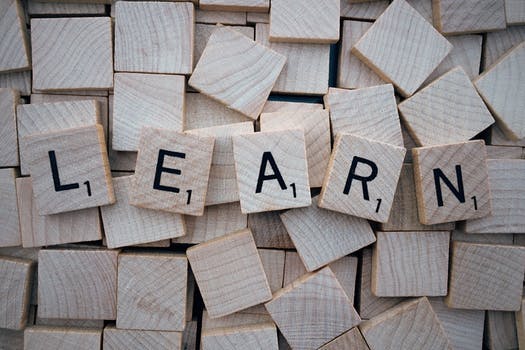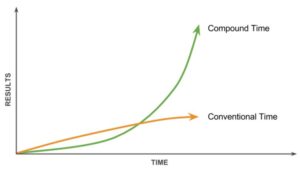I’m an information junkie and always have been.
I’m a product of my parents after all. My dad, a university professor, has surrounded himself with mountains of newspapers, journals books and articles for as long as I can remember. And I can still picture my mom studying at the dining room table throughout her 12 years of night school.
I love to learn. Over the years, I’ve signed up for countless blogs, tagged even more videos and overloaded my bookshelves. But that doesn’t mean I’ve kept up with all of this learning. For many years, I simply didn’t protect time for learning. What can I say? Life became busy and I slipped into reactive mode. I shelved the books and moved links into a digital “later” folder. And I’m embarrassed to admit that I rarely (i.e., never) actually went back to read them. There was always something else more pressing to do.
This didn’t change my desire to learn, though. I just felt more and more stretched every time I earmarked an article to read later. Then I came across some research (which I thankfully took the time to read) about how many of the world’s most successful people are committed to learning every day. And it inspired me to protect time for learning – the same way I protect time for other priorities.
Warren Buffet attributes his success to a commitment to learning. “I read and read and read. I probably read five to six hours a day.” Similarly, Benjamin Franklin, one of time’s most innovative thinkers, reportedly took one hour out of every day to read, write and reflect. Oprah Winfrey, who credits books with much of her success, says, “Books were my pass to personal freedom.” LinkedIn CEO Jeff Weiner schedules two hours of thinking time per day and refers to this in a piece called “The Importance of Scheduling Nothing”.
Michael Simmons, who studies successful people, refers to this as the five-hour rule. Many great leaders set aside at least an hour a day (or 5 per week) for reading. These top performers, despite managing heavy workloads, regularly step away from day-to-day tasks to invest in their own learning. Simmons refers to this proactive time as compound time which leads to exponential results. Certainly, this aligns to Ben Franklin’s famous quote: “An investment in knowledge pays the best interest.”
Anders Ericsson, author of Peak, declares that engaging in “deliberate practice” is the way to get good at anything. According to Ericsson, developing expertise requires more than simply a significant investment of time. True expertise requires deliberate practice and having well-defined, specific goals. And investing in learning is a great example of deliberate practice.
Stephen Covey called this principle “sharpening your saw”. Consider, for example, two hard-working people. One is working 10-hour days, rushing from one thing to the next with no breaks to reflect and learn. The other is working 8-hour days and also builds in time for reflection and learning. I would bet the 8-hour a day person is accomplishing more. In other words, we can cut down more trees if we pause to improve our tools.
As an added bonus, reading can help keep your brain sharp well into your golden years. In a New York Times article, “Superagers” were found to continue challenging themselves by learning new skills.
Clearly, investing is learning is a great opportunity to elevate your game. But we can’t just wait for free time to show up. I eventually learned that I needed to take a proactive approach. And for this reason, I’ve created space in my day for learning: 15 minutes over breakfast in the morning and 15 minutes in the evening. And I listen to audio books and Ted Talks while commuting. It’s not always an hour a day, but I’m getting there.
How do you find time to learn? Do you prefer podcasts or blogs? Videos or books? What are your best tips for protecting this valuable time? And how has learning boosted your impact? Please share your strategies in the comments below. We would all love to learn from you.









Leave A Comment